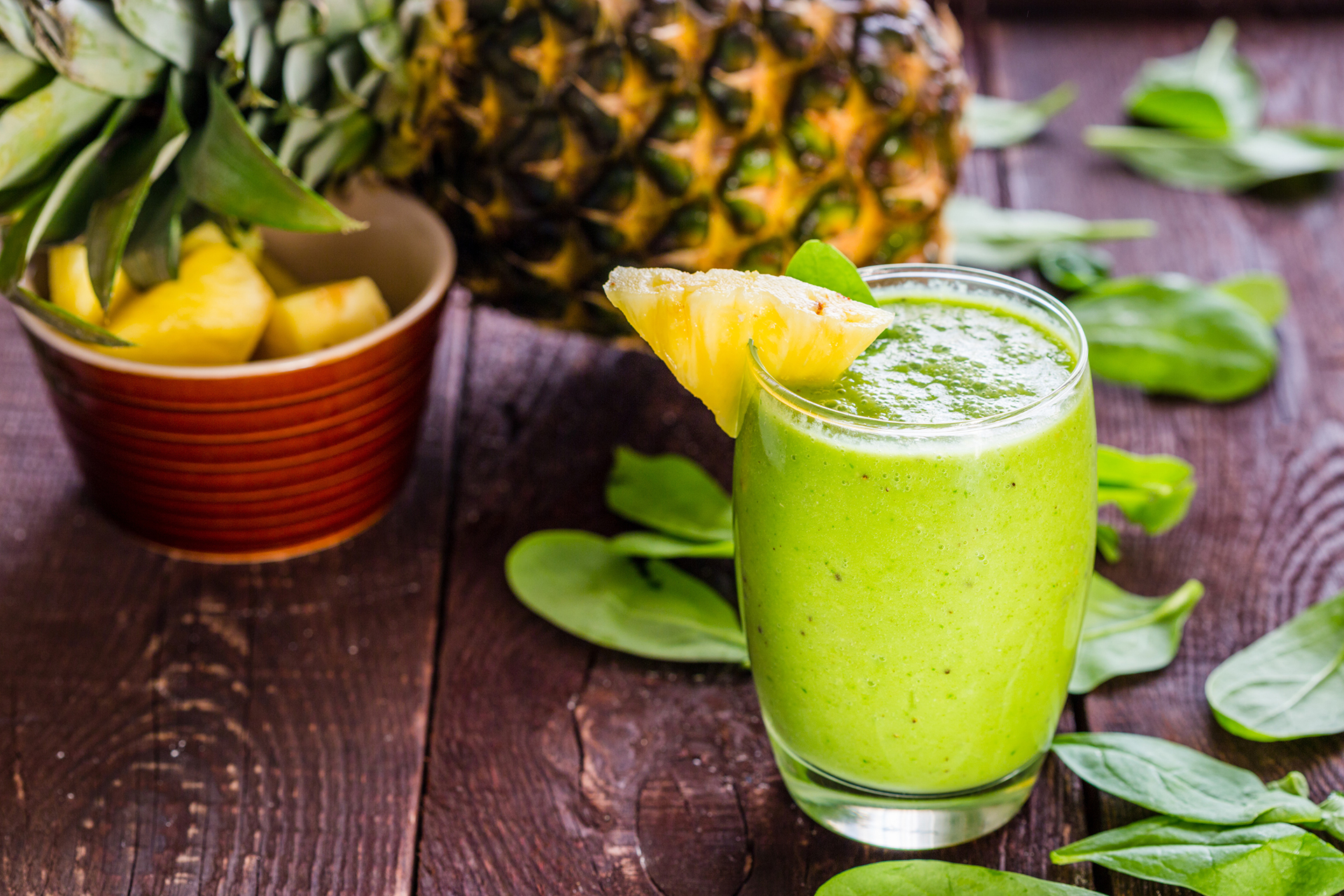Smoothies are light and delicious drinks. However, it is very easy to draw the long bow when preparing it and the healthy, dietary drink becomes a not so friendly, sugary one. Let’s see what’s worth paying attention to.
Smoothies are not the same as milkshakes because smoothies are essentially different, they never contain dairy. Smoothies, if it is too thick, are usually softened with some water or juice, but it must remain a puree.
At least in theory, because the boundaries are starting to blur a little now (and most people will probably always call a milkshake a smoothie), although the number of recipes for smoothies is constantly increasing.
Such progression is, for example, the “smoothie bowl”. This means that it is not drunken from a glass, but is served in a bowl as fruit and vegetable puree, with additional various crunchy delicacies such as oats, seeds, granola or a few cubes of chocolate. But those must be refrained of by those who are on a diet…
1. You can have too much of a good thing
If you try to add too much and load it with protein powder, seeds, seed butters, “superfood” powders, avocados, etc., you can really increase the calorie content of the smoothie. Especially over-the-top, if you pour the smoothie from a glass into a bowl and eat it as a puree dish, because then it’ll come to the top as decoration with the popular coconut chips, cocoa beans, granola…
Remember: just because a smoothie is super healthy doesn’t mean it’s low in calories! Another common mistake is that it uses too much fruit, which is good for the body and contains many vitamins, but it is also possible to get away with sugar (think bananas). To avoid this, also use vegetables.
With vegetables, you can control your energy intake, and yet the smoothie will be nutritious.
Cucumbers, zucchini, spinach, sorrel, bird salad, arugula, stalk, avocado, beetroot or Chinese kale are all good choices. The recommended rate is usually 60:40 percent in favor of fruits.
2. Poorly estimated portions
A fruit puree drink can be a great day-starter, but if you underestimate the energy intake that you need in the morning, your stomach will rumble in an hour. And in that case, it’s quite likely that you will be not able to resist until lunch and that could easily end in overeating. It is also a common mistake for someone to overestimate the calories burned during a workout and therefore overdo the replenishment of energy storage after a workout.
Try to estimate while you make your drink whether you would otherwise eat a whole banana, a mango, some kale, chia and sunflower seeds, a large spoon of peanut butter, and a box of yogurt. If so, you are on the right track. If not, reconsider the amounts used for refresher.
3. Natural, bio, low fat
Natural and organic have also become a serious buzzword in the sweeteners market in recent years. Honey, agave and maple syrup, and coconut sugar are also popular sugar substitutes, but these products are high in calories. Be sure to take this into account when using them!
The low-fat sign can also be deceptive. For example, in the case of low-fat yogurt, milk, or ice cream, it is likely to contain more carbohydrates “in return” for the name. But it is also worth studying the nutritional table carefully for products labeled “gluten-free” and “organic”.
4. Too much added sugar
Various fruit juices and flavored protein powders often contain added sugar or large amounts of sweetener. Due to the fructose in the fruits, it is not recommended to pour store-bought juices into the smoothie because they often contain a lot of added sugar!
5. Same as always…
Eating or drinking the same may work out for some people but most of them lose motivation if they always have to do the same thing. If you find that you don’t feel like making a smoothie in the morning is what you need, then it’s time to change and experiment with new flavors!
6. “Lack of chewing”
Research has shown that the brain perceives less the amount consumed in liquid form, especially when we drink from a glass as opposed to eating from a bowl, sitting, with a spoon. So you should always rethink the amounts used if you want to turbo-charge the smoothie to make it more nutritious (not exceeding the calorie maximum, of course!), and it’s worth switching from the glass to the smoothie bowl.
7. Not enought protein
In addition to the high fiber content provided by vegetables and fruits, you also need protein to make the smoothie nourishing in the long run. To avoid protein deficiency, add unflavoured protein powder, natural yogurt, or a little seed butter to the smoothie in case you use water or vegetable milk as a base.
Conclusion
Not that easy after all, is it? There are many opinions circulating on the internet whether the smoothie diet is efficient or not, mostly because of the facts mentioned above. Use them as you should! The author of Dave’s Opinion blog wrote a fantastic review of Drew Sgoutas ’21-day smoothie diet program. If you don’t want to make the mistakes mentioned above either, you might want to turn to an expert who can provide professional advice on how to make the right smoothie for yourself. But not only keep losing weight in mind but to live a balanced and healthy life. Be happy!



